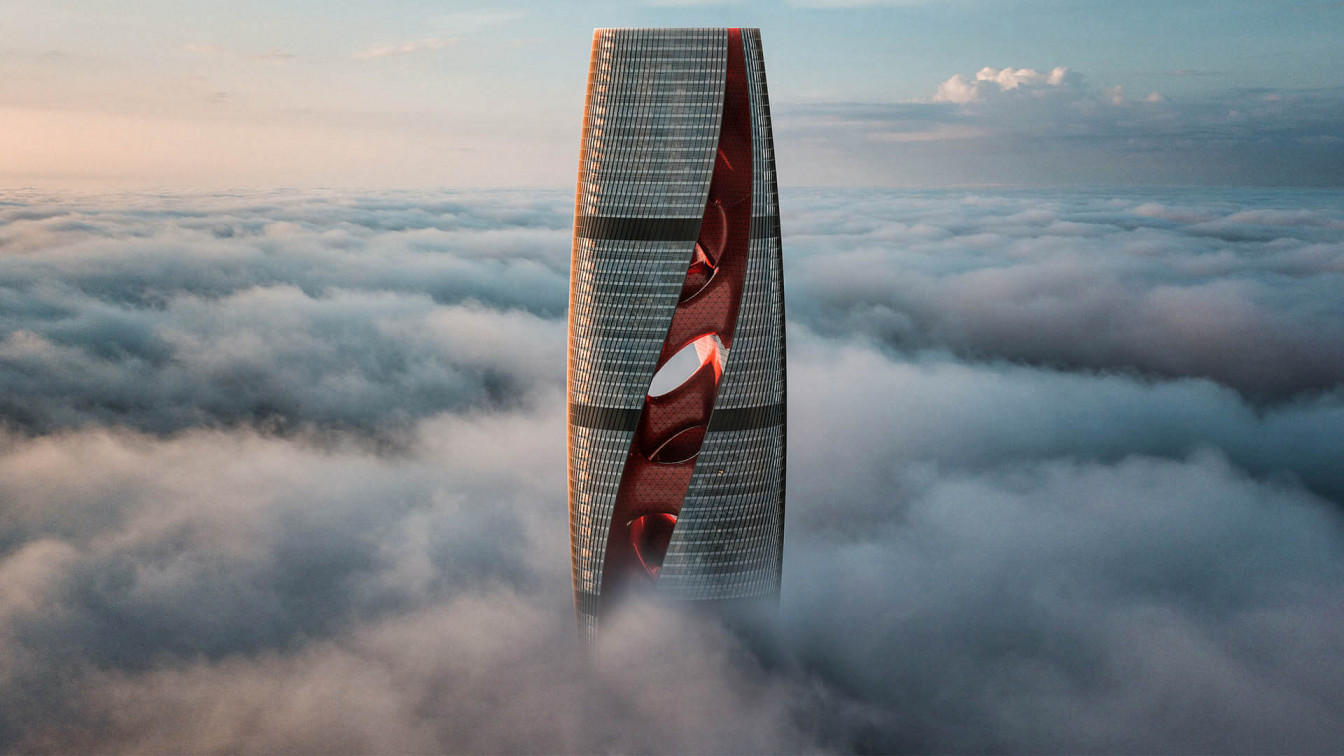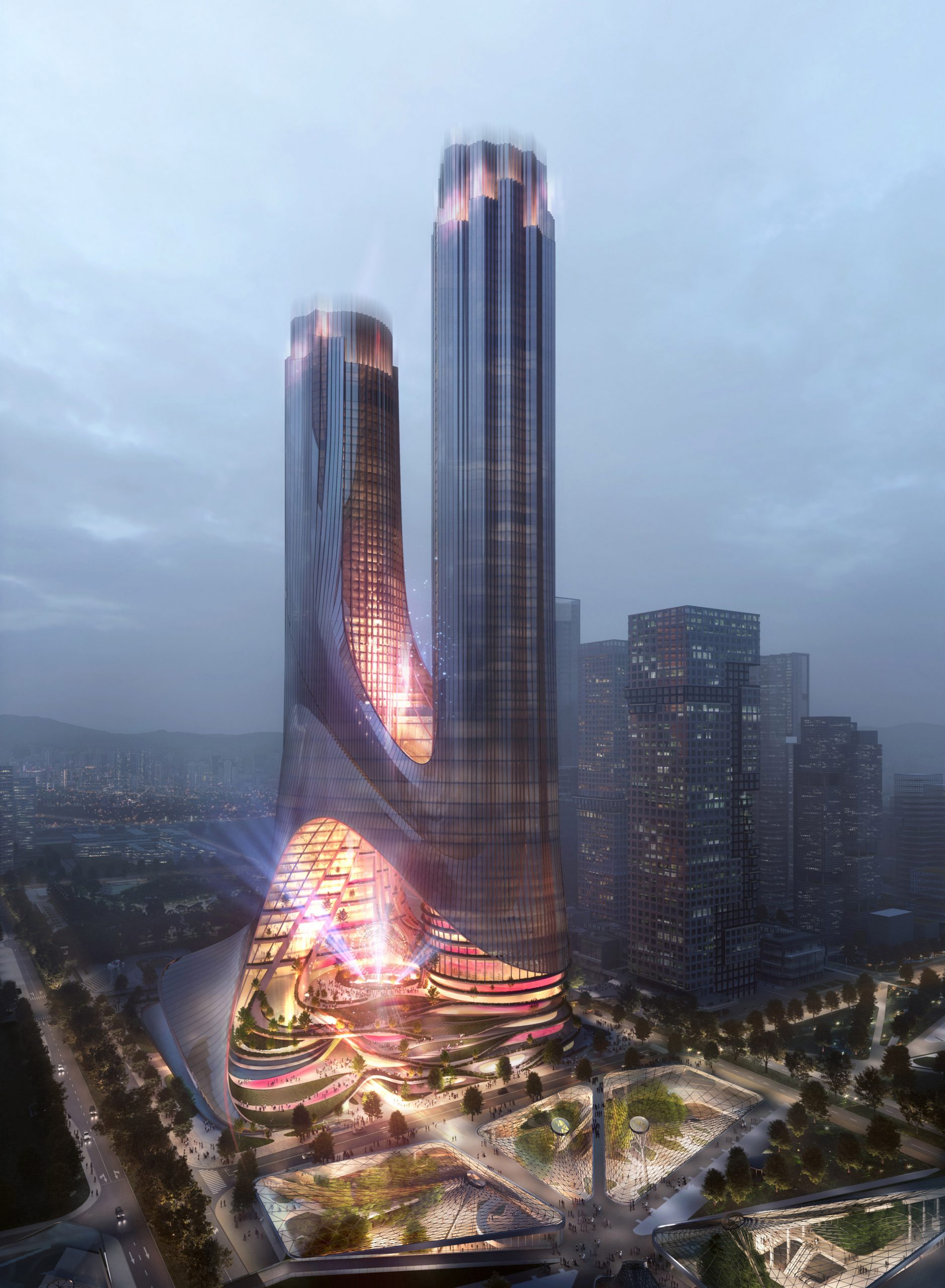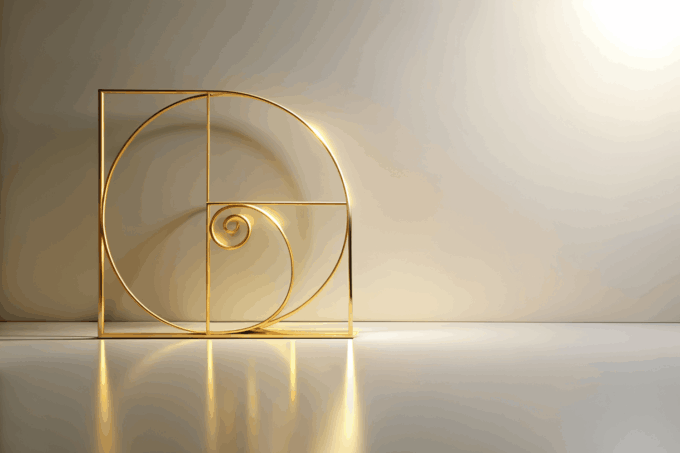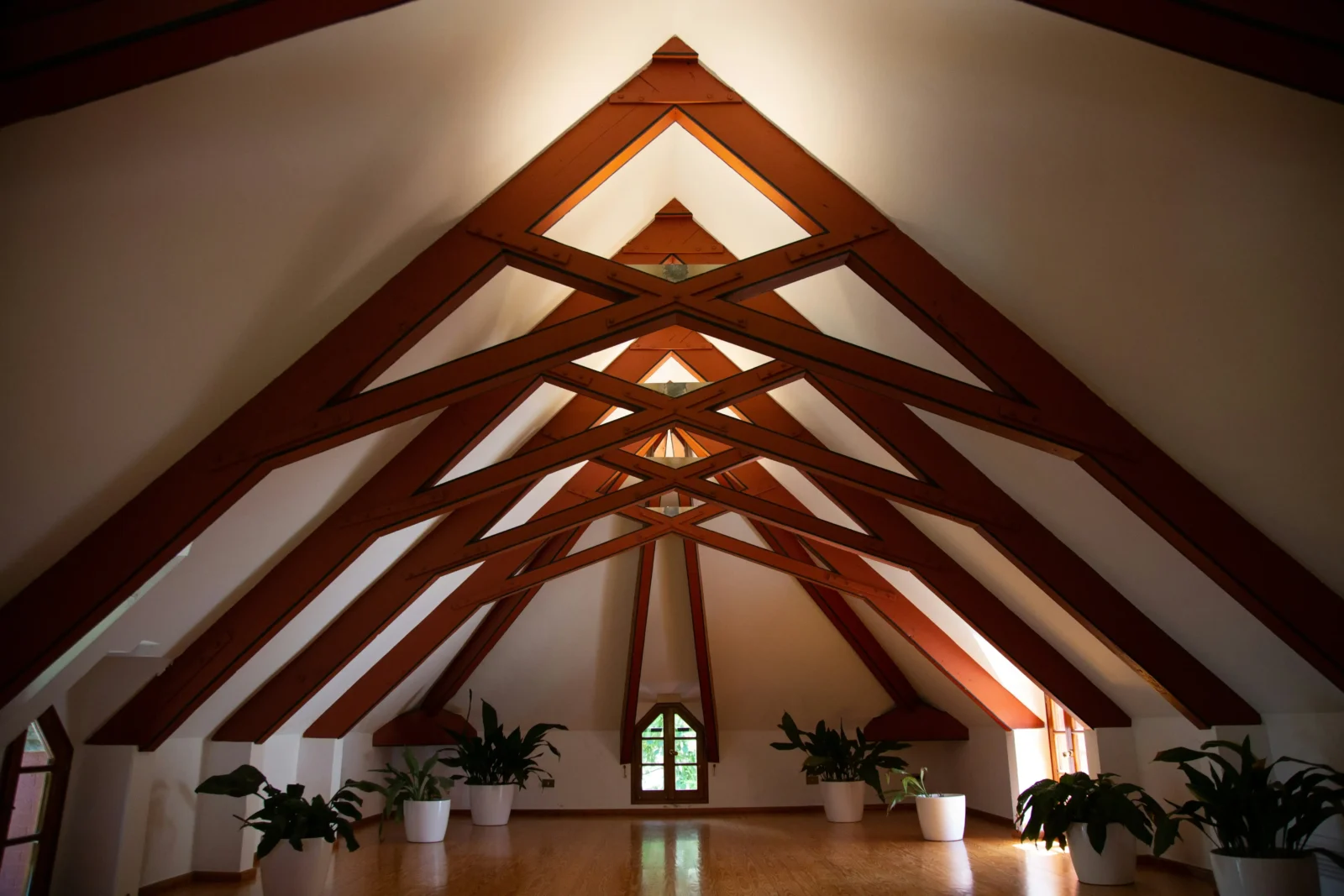- Home
- Articles
- Architectural Portfolio
- Architectral Presentation
- Inspirational Stories
- Architecture News
- Visualization
- BIM Industry
- Facade Design
- Parametric Design
- Career
- Landscape Architecture
- Construction
- Artificial Intelligence
- Sketching
- Design Softwares
- Diagrams
- Writing
- Architectural Tips
- Sustainability
- Courses
- Concept
- Technology
- History & Heritage
- Future of Architecture
- Guides & How-To
- Art & Culture
- Projects
- Interior Design
- Competitions
- Jobs
- Store
- Tools
- More
- Home
- Articles
- Architectural Portfolio
- Architectral Presentation
- Inspirational Stories
- Architecture News
- Visualization
- BIM Industry
- Facade Design
- Parametric Design
- Career
- Landscape Architecture
- Construction
- Artificial Intelligence
- Sketching
- Design Softwares
- Diagrams
- Writing
- Architectural Tips
- Sustainability
- Courses
- Concept
- Technology
- History & Heritage
- Future of Architecture
- Guides & How-To
- Art & Culture
- Projects
- Interior Design
- Competitions
- Jobs
- Store
- Tools
- More
The Evolution of Skyscraper Architecture
Skyscrapers are towering structures that dominate city skylines around the world. These buildings are not only visually striking but also represent the technological and architectural achievements of the modern era. In this essay, we will explore the history and evolution of skyscraper architecture, as well as their impact on urban landscapes and modern societies.

Skyscrapers are towering structures that dominate city skylines around the world. These buildings are not only visually striking but also represent the technological and architectural achievements of the modern era. In this essay, we will explore the history and evolution of skyscraper architecture, as well as their impact on urban landscapes and modern societies.
The concept of skyscrapers emerged in the late 19th century, fueled by the rapid growth of cities and the need for more efficient use of space. The first skyscrapers were typically steel-framed buildings with masonry facades, designed to maximize interior space while allowing for vertical expansion. The Home Insurance Building in Chicago, completed in 1885, is widely regarded as the first modern skyscraper. Standing at 10 stories tall, it was the first building to use a steel frame and curtain wall construction, a design that allowed for taller and more efficient structures.

As technology and construction methods improved, skyscrapers continued to grow taller and more complex. The Empire State Building in New York City, completed in 1931, was the tallest building in the world for many years, standing at 102 stories and 1,454 feet tall. This building was constructed using a steel frame and a limestone facade, and its Art Deco design has become an icon of New York City‘s skyline.
Today, skyscrapers continue to push the boundaries of engineering and architecture. The Burj Khalifa in Dubai, completed in 2010, is currently the tallest building in the world, standing at a staggering 828 meters tall. This building features a unique Y-shaped design, with setbacks at each level to reduce wind loads and increase structural stability.
While skyscrapers are often admired for their beauty and innovation, they have also had a significant impact on urban landscapes and modern societies. Skyscrapers have allowed for more efficient use of land, enabling cities to accommodate growing populations while preserving open spaces. They have also become symbols of economic power and progress, attracting businesses and investment to urban centers around the world.

However, skyscrapers have also been criticized for their impact on the environment and urban communities. The construction and maintenance of these buildings require large amounts of resources and energy, contributing to carbon emissions and climate change. Fortunately, some companies are addressing these concerns by offering more sustainable building options. For example, Sunward Steel Buildings Utah specializes in prefabricated steel structures, which can be a more eco-friendly alternative due to their efficient use of materials and energy. Yet, despite these advancements, the high cost of living and working in these towering structures can still contribute to inequality and social isolation in urban communities.
In conclusion, skyscrapers represent the pinnacle of modern architecture and engineering, pushing the boundaries of what is possible in terms of height and innovation. While these buildings have had a significant impact on urban landscapes and societies, they also raise important questions about sustainability, social equity, and the role of architecture in shaping our world.
The evolution of skyscraper design is a fascinating journey through architectural history, spanning over a century of innovation and experimentation. From the early steel-framed buildings of the late 19th century to the sleek, sustainable towers of today, the design of skyscrapers has evolved in response to changing technology, cultural trends, and environmental concerns.

The earliest skyscrapers were designed primarily to maximize interior space and efficiency, while also creating a visually striking presence in the urban landscape.
In the early 20th century, architects began to experiment with more ornate designs, incorporating elaborate detailing and decorative elements. The Woolworth Building in New York City, completed in 1913, is a prime example of this trend, with its neo-Gothic style, intricate carvings, and soaring spire. Other notable examples of this era include the Chrysler Building and the Empire State Building, which combined sleek Art Deco designs with cutting-edge technology to create some of the most iconic buildings in the world.
In the 21st century, skyscraper design has been driven by concerns about sustainability and environmental impact. Architects are now incorporating features such as green roofs, solar panels, and efficient HVAC systems into their designs, in order to reduce energy consumption, carbon emissions, and make AC repair easier.
One notable example of this trend is the Burj Khalifa in Dubai, completed in 2010, which features a high-performance exterior facade, efficient cooling systems, and a rainwater collection system. Another trend in contemporary skyscraper design is a focus on creating mixed-use spaces that integrate residential, commercial, and public spaces. This approach is exemplified by the Hudson Yards development in New York City, which includes office towers, residential buildings, retail spaces, and public parks, all within a single complex.

- Architectural Innovation
- Best Skyscrapper Designs
- Best Skyscrappers
- contemporary high-rise design
- future of skyscrapers
- green skyscraper design
- How to Design Skyscrapper
- iconic skyscrapers
- skyscraper engineering
- skyscrapers and cities
- skyscrapper architecture
- skyscrapper design
- Skyscrapper Design Tips
- supertall skyscrapers
- sustainable skyscrapers
- tall building architecture
- urban skyline architecture
- vertical urbanism
- world tallest buildings
Submit your architectural projects
Follow these steps for submission your project. Submission FormLatest Posts
Innovative Cleaning for Modern Materials: How Hydroblasting Supports Architectural Design
Modern buildings don’t hide what they’re made of anymore. Glass is meant...
How to Improve Driving Conditions Around Your Office
Driving to work can feel like navigating a challenge. Traffic jams, potholes,...
Practical Solutions for Modern Home Improvements
Home improvements work best when they solve real problems. Focus on changes...
The Ultimate Guide to the SaaS Localization Process: Navigating Global Markets with Precision
The Software-as-a-Service (SaaS) model has revolutionized how businesses operate by providing cloud-based...












Leave a comment